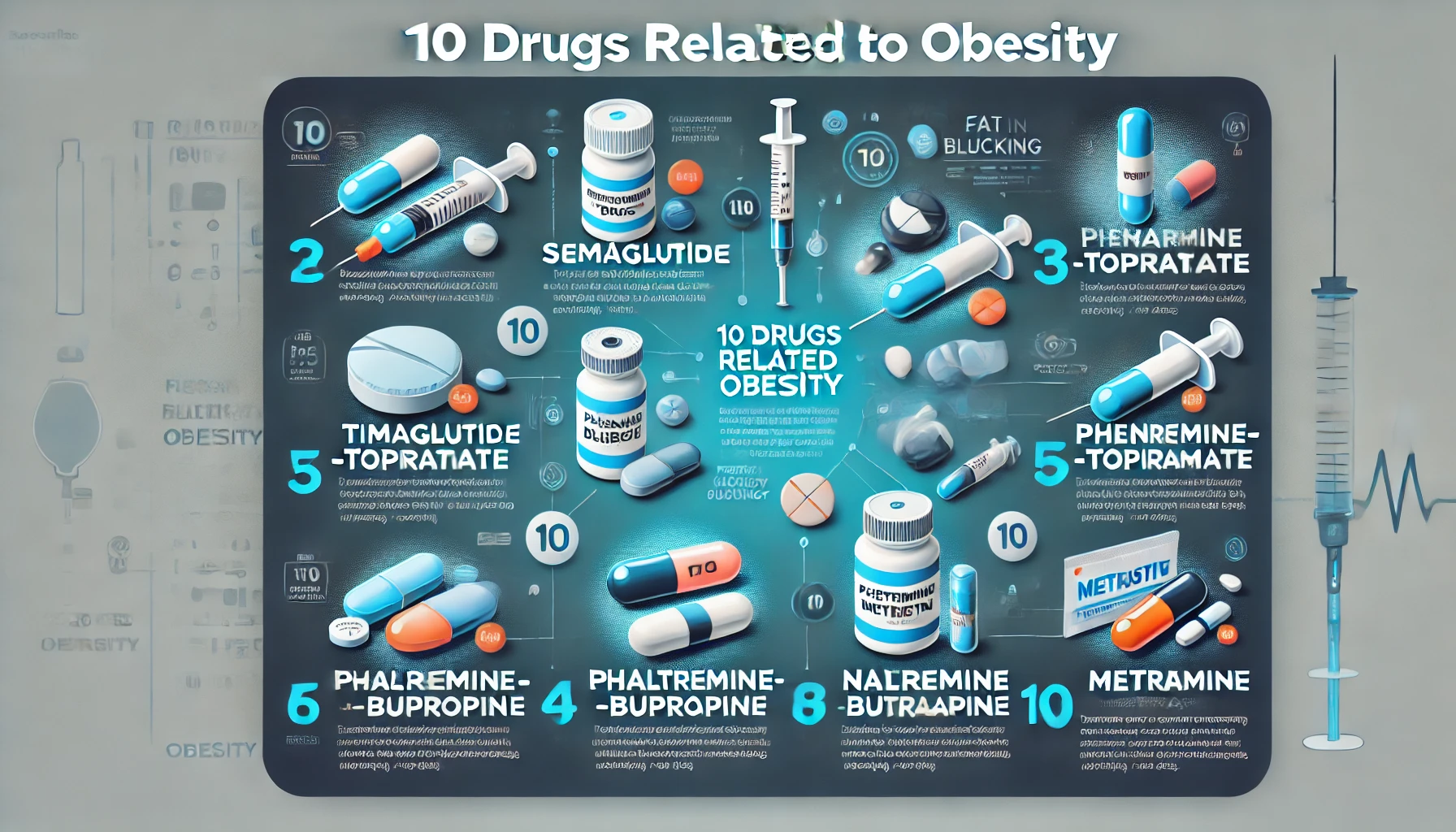In the relentless battle against obesity, scientists have uncovered a surprising new player: the protein CD44. Groundbreaking research published in The American Journal of Pathology reveals that mice lacking CD44 In the relentless battle against obesity, scientists have uncovered a surprising new player: the protein CD44. Groundbreaking research published in The American Journal of Pathology reveals that mice lacking CD44 remained lean even when fed a high-fat diet, while their counterparts developed obesity. This discovery opens a novel pathway for obesity treatment—one that targets fat cell formation itself, rather than appetite or calorie intake. Here’s an in-depth look at this breakthrough and its potential to reshape obesity therapy:
The Obesity Crisis and the Quest for New Solutions
With over 1.9 billion adults worldwide overweight or obese, the need for innovative treatments has never been greater. Current therapies like GLP-1 agonists (e.g., Wegovy, Ozempic) focus on appetite suppression and glucose regulation. However, resistance to these drugs and side effects like nausea highlight the need for alternative approaches. Enter CD44—a protein with an unexpected role in fat metabolism.
CD44: The Protein That Could Rewire Fat Storage
CD44 is a transmembrane protein known for its role in immune responses and cell signaling. Researchers at Nantong University in China discovered its critical influence on fat cell formation (adipogenesis) and metabolic health.
Key Findings from the Study
- Lean Mice on a High-Fat Diet:
- CD44-deficient mice resisted weight gain and metabolic dysfunction despite consuming a high-fat diet.
- Control mice with normal CD44 levels became obese under the same conditions.
- Mechanism of Action:
- CD44 regulates tryptophan hydroxylase 2 (Tph2), an enzyme in white adipose tissue that produces serotonin (5-HT).
- Serotonin, often linked to mood, promotes fat cell formation. CD44 deficiency reduces serotonin levels, impairing adipogenesis.
- Distinct from GLP-1 Drugs:
- Unlike GLP-1 agonists that suppress appetite, CD44 inhibition directly blocks fat cell development.
Why This Discovery Matters
A New Therapeutic Target
Targeting CD44 could prevent fat accumulation without relying on willpower-dependent methods like dieting. Potential drugs inhibiting CD44 might work alongside GLP-1 therapies to enhance weight loss.
Addressing Root Causes
By focusing on adipogenesis, CD44-based treatments could combat visceral fat—a key driver of metabolic diseases like diabetes and heart disease.
Implications for Human Health
While the study was in mice, human fat cells also express CD44 and serotonin pathways, suggesting translatable potential.
Expert Insights
- Dr. Cheng Sun, lead investigator at Nantong University:“We were stunned to see CD44-deficient mice stay lean on a high-fat diet. This protein is a linchpin in fat cell formation, and blocking it could revolutionize obesity treatment.”
- Dr. Lan Luo, co-investigator:“CD44’s role in serotonin production within fat tissue was unexpected. This pathway offers a unique angle for therapies that don’t just manage weight but prevent fat storage.”
CD44 vs. GLP-1 Agonists: A Comparative Look
| Aspect | CD44 Inhibition | GLP-1 Agonists (e.g., Wegovy) |
|---|---|---|
| Primary Mechanism | Blocks fat cell formation | Suppresses appetite |
| Target Tissue | White adipose tissue | Brain (appetite centers) |
| Side Effects | Potentially fewer GI issues | Nausea, vomiting, diarrhea |
| Therapeutic Role | Prevents fat accumulation | Reduces calorie intake |
The Road Ahead: From Mice to Medicine
- Drug Development: Researchers are exploring small-molecule inhibitors of CD44 or its downstream targets (e.g., Tph2).
- Combination Therapies: Pairing CD44 inhibitors with GLP-1 drugs could address both fat storage and appetite.
- Clinical Trials: Human studies are needed to confirm efficacy and safety.
Challenges and Considerations
- Safety: CD44 is involved in immune function; long-term inhibition requires caution.
- Accessibility: Developing affordable therapies will be critical for global impact.
Conclusion
The discovery of CD44’s role in obesity is a paradigm shift. By directly targeting fat cell formation, this approach could sidestep the pitfalls of dieting and appetite suppression. While hurdles remain, CD44 inhibition represents a promising frontier in the fight against obesity—one where science might finally outsmart stubborn fat cells.
Stay tuned for updates as this research progresses toward clinical applications.
References
Nantong University Research Portal
Wu, Y. et al. (2024). CD44 Study in The American Journal of Pathology



